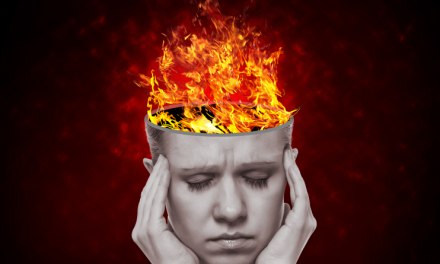Our Newest Epidemic
The argument seems to have gone on forever, between those who believe that physicians need access to more potent painkillers, versus those who point to the consequences of misusing those very same painkillers.
Recent data suggests that newer, stronger opiates such as Oxycontin are involved in some 15,000 fatalities every year — more than cocaine and heroin put together. And in some communities, a bigger problem than motor vehicle fatalities.
I’ve heard it pointed out that most of those ODs were among persons with substance abuse histories. So? I counter. They don’t count? How many successful recoveries are required to convince society that yes, these lives are worth saving?
I’m aware of the importance of opiates in medicine. As one doc put it: We can’t actually practice without them. Physicians have relied on opioid painkillers for thousands of years. Abolition is out of the question.
Science has never come up with a way to make them entirely safe. Safer, perhaps. But they’ve always been associated with problems.
First, there’s the risk of addiction. Second, suppressing pain is not their only desirable effect; they also produce a euphoria that attracts abuse. Third, most of us regard a prescribed medication as somehow less dangerous than its street cousins — even though the drug’s actions are much the same.
The argument has focused on two fronts. Advocates of stronger painkillers have maintained that less potent meds actually encouraged patients to take too many — thus increasing the risk for side effects and possible overdose. I don’t know whether that’s valid in medical terms, but I do know we’ve seen a dramatic increase (not decrease) in unintended overdose since these drugs have come onto the scene.
A second argument centered on the physician’s duty to prescribe the best possible treatment to a patient in pain. If that’s a potent opioid, the argument goes, then so be it. No one should interfere.
Problem is, physicians and patients haven’t done all that good a job confining the drug to legitimate medical uses. And just as some doctors blame ‘bad’ patients, some drug companies and their advocates have blamed ‘bad’ doctoring.
My opinion: It’s glib, deceptive, self-serving and futile to address what the CDC has described as an epidemic, by finger-pointing. I may not know exactly where the solution lies, but I’m positive it’s not there.
In future articles, I’ll take a look at some of the relevant history of prescription drug abuse, and what it might tell us about solutions to our current dilemma.














Just because two sides disagree does not mean that one, either, neither, or both has the answer nor are either capable of suggesting the more valid comprehension w/o it at least for a significant majority resolve more of the overwhelming population audience w/o pandering to biased support. That said, the increase in suicides is up, whether declared the purpose of an act or as an intended goal of their misuse, but many such suffering addiction are aware & welcoming the risk premium to long term physical pain’s (physio/psychosocial/and emotional quality of life. Another portion could be the mid-understanding of adherence addiction risk potential & physical deterioration on the bodies system over long periods of time. If those that wish to live under a motto of not having a drug problem until they can not get the drugs then I say let them, but I do agree society’s negative judgement stigma and shame, contribute little above we limitinrestrictions & monitored
This is such a sad and awful issue. We need to fix this, and we need to fix it soon. It’s amazing how easy it is to get these medications, and how freely they’re prescribed.